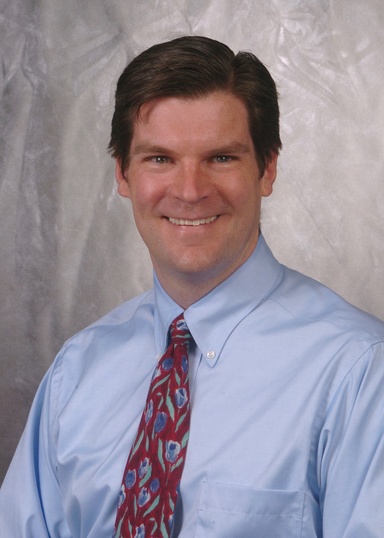A new study by the University of Iowa finds that regularly scheduled visiting clinics staffed by physicians from larger cities effectively increase access to urological care for underserved rural Iowans.
The study follows up on similar findings by one of its co-authors last year about rural oncology care, and suggests policy makers should look more closely at the use of visiting clinics to increase health care access in rural areas with declining but aging populations.

The study finds that the number of rural Iowans with regularly scheduled access to urologic care increases dramatically when urologists arrange monthly visits to local hospitals or clinics. While Iowa has 69 practicing urologists, none of them are based in one of the state’s 21 rural counties so that only about 57 percent of the population is within a 30-minute drive of a urologist’s primary office.
However, 40 of those urologists are Visiting Consulting Urologists (VCUs), who visit patients at least once a month in hospitals or clinics in 13 of the state’s rural counties. Another 15 urologists based in the border states of Wisconsin, Nebraska, and South Dakota also visit Iowa hospitals or clinics to see patients. When these visiting clinics are taken into effect, the number of Iowans who live within a 30-minute drive of a urologist jumps from 57 percent to 84 percent.
When driving time is expanded to one hour, access increases to nearly 100 percent.
“These outreach clinics are an increasingly popular and effective way to combat a lack of access to urologic care,” the study concludes.
The new study follows a similar examination of rural oncology access in 2013 by co-author Thomas Gruca, professor of marketing in the Tippie College of Business. That study showed 30-minute access to oncology care for cancer patients in rural areas jumped from 58 percent to 90 percent when visiting cancer clinics are considered.
Gruca points out this information is important to know—especially in rural states like Iowa—because rural populations are aging more rapidly than the general population, while fewer specialists in fields like oncology and urology work there. He notes that Iowa has twice the national average of residents living in rural areas, but fewer than half the national average of urologists, making it more critical to develop policies that will increase rural residents’ access to urologic care.
Gruca says one drawback to reliance on visiting physicians is the increased potential for travel-related burnout. The average visiting urologist staffs 3.6 outreach clinics per month, requiring nearly 400 miles of monthly travel. The study also does not measure whatever differences there might be in the quality of care received in a primary office compared to a visiting clinic.
“Although the VCU model has improved access, further studies on physician quality of life and patient outcomes are warranted,” he says.
The study, “Improving Access to Urologic Care for Rural Populations Through Outreach Clinics,” was published recently in the journal Urology. It was co-authored by Dr. Matthew Uhlman, urology resident in the UI Carver College of Medicine and Tippie MBA student; Roger Tracy, recently retired assistant dean of the Carver College of Medicine; Dr. Megan Bing, urology resident in the Carver College of Medicine; and Dr. Bradley Erickson, assistant professor of urology in the Carver College of Medicine.